Hot Mad Science Posts


How To: Build a Long Range Laser Spy System for Eavesdropping on Your Neighbors
Eavesdropping from a distance can be tricky because it usually requires some sort of bug or transmitter. It's easy to transmit audio through lasers, but you can also use lasers to build a microphone that picks up audio from a distance. LucidScience built the Laser Spy System for about $20. To make your own, you'll need a cheap laser pointer, an NPN phototransistor, a headphone amp, and a few other small pieces listed below. A light-to-sound circuit is installed in a small plastic box with the...

How To: Build Your Own Mini Altoids Guitar Amp for About $5
I love making beeps and bloops with the Arduino pitches library, but sometimes archaic 8-bit tunes just don't cut it. Whether you want your robot to terrify your enemies with a demonic synthetic voice, you just need a pocket boom box on the go, or you want to a miniature guitar amp, a simple LM386 amplifier can crank up those signals loud enough to play through any speaker.
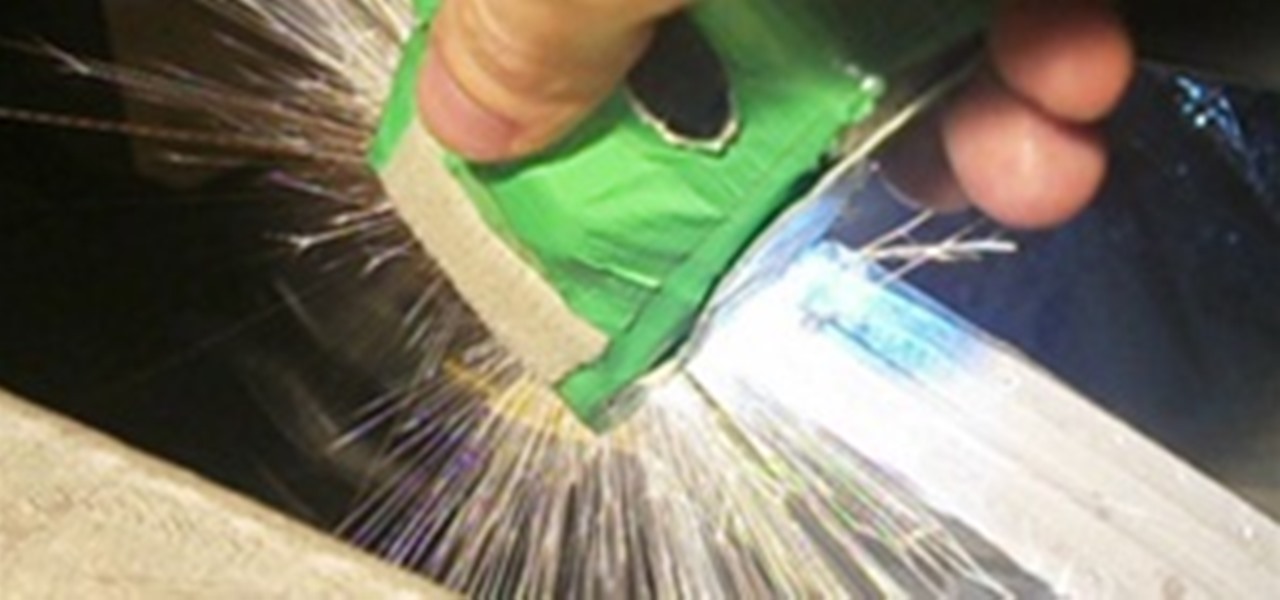
How To: Weapons for the Urban Guerrilla: Make a Taser from a Disposable Camera
The agents of empire do not always arrive with warning. When you are besieged, surrounded, and infiltrated, imagination is often your best weapon against the oppressors. If all you have at hand is some duct tape and a disposable camera, fear not, you have the makings of a powerful taser!
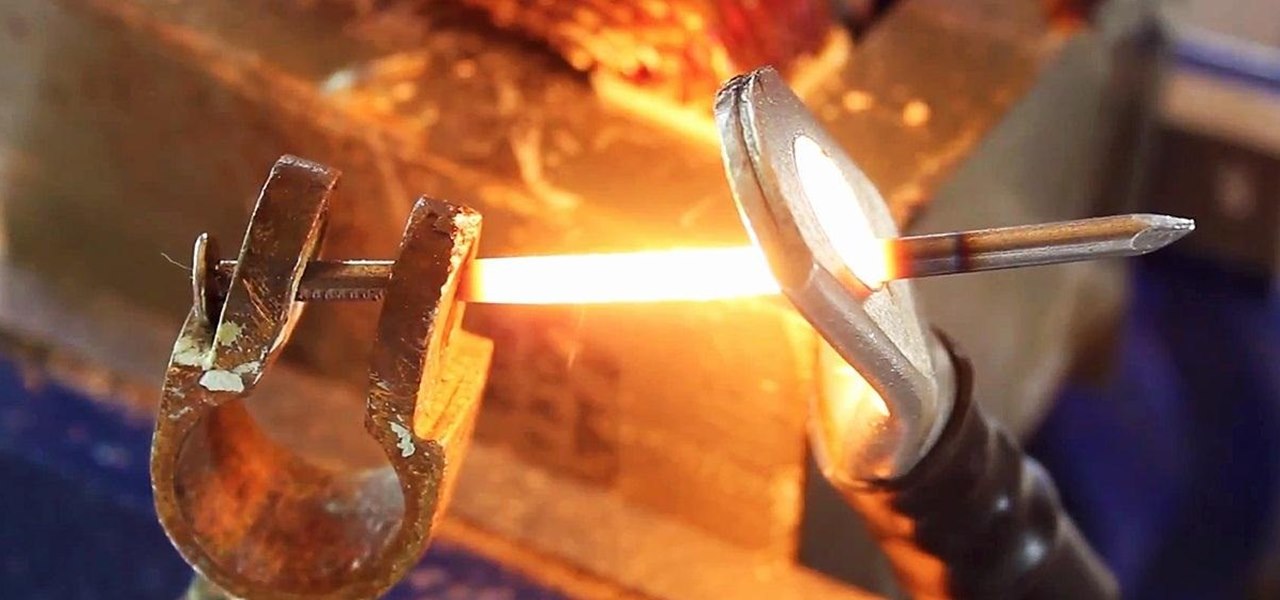
How To: Turn a Microwave Oven Transformer into a High Amperage Metal Melter!
In this project, you'll learn step by step how to modify a microwave oven transformer into a high-current device that can pump out 800 amps of electrical current, which is enough amperage to melt metal. If you liked the Metal Melter you saw in my previous project, here's how you can make your own!
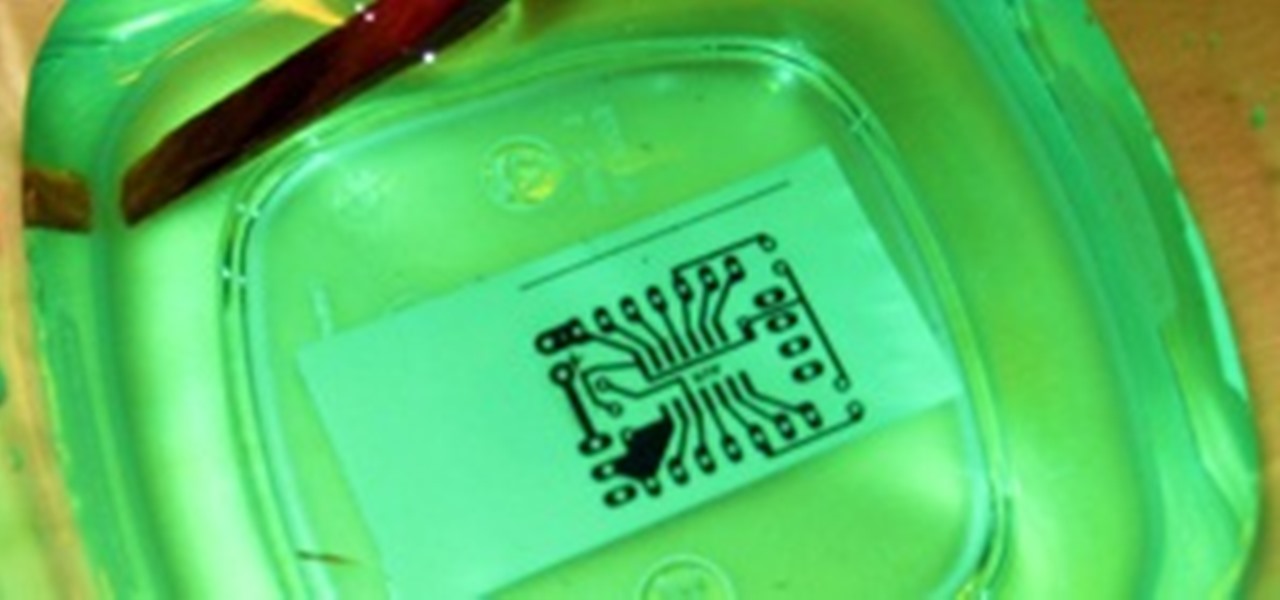
How To: Create a PCB Etchant That Automatically Improves After Each Use
Etching your own circuit boards is tons of fun, but etching requires strong chemicals to dissolve the copper plating on blank circuit boards. The normal ferric chloride solution works well, but can be expensive and leaves permanent stains. Luckily, we can whip up our own etchant at home with everyday chemicals! Better yet, our new etchant will turn an eerie green color rather than the dull brown of ferric chloride.
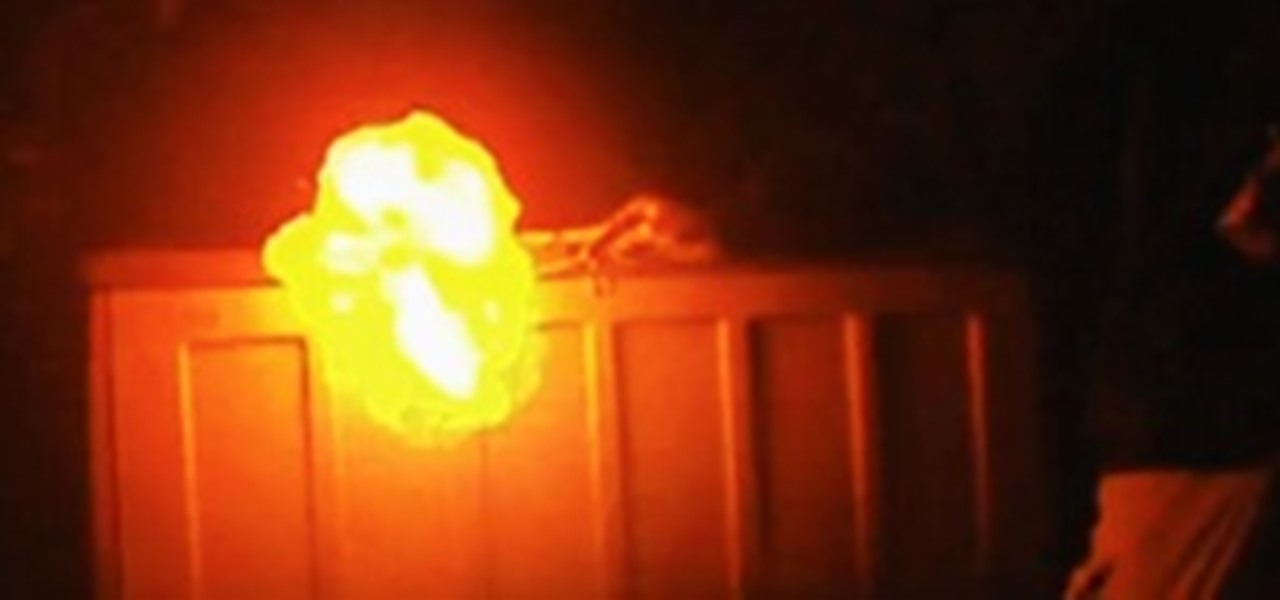
How To: Make a Hydrogen Fireball from Aluminum Foil and Toilet Bowl Cleaner
Balloons are fun, but the helium ones are always more entertaining. So today, we're going to learn how to make hydrogen gas by combining toilet bowl cleaner with aluminum foil. With hydrogen, you get the same lighter-than-air properties of helium, plus it will explode! Historically, this has proven disastrous, but for our tiny-scale experiments, it will be safe and fun!

Bat Science: How Realistic Are Batman's Gadgets in Dark Knight Rises?
One of the best things about Christopher Nolan's Batman trilogy is how realistic he makes the caped crusader feel. Unlike the Joel Schumacher or even the Tim Burton versions, Nolan's world seems grounded in some level of scientific fact. But just how close is science to actually being able to replicate some of the Dark Knight's gadgetry?

How To: Make Your Own "TV-B-Gone" to Silence All Televisions That Oppose You
Whether you're in an airport, restaurant or waiting room, the insidious grip of televisions on human life is omnipresent. Sometimes it's nice to talk to other human beings while looking at them directly—actually hearing what they have to say.

How To: Make a Lethal Traveling Arc of Electricity with a MOT-Powered Jacob's Ladder
With the microwave oven transformer (M.O.T.) salvaged in a previous project, a simple electrical circuit can be rigged to get high voltage arcs to fly outward and upward along a "V" shaped spark gap.
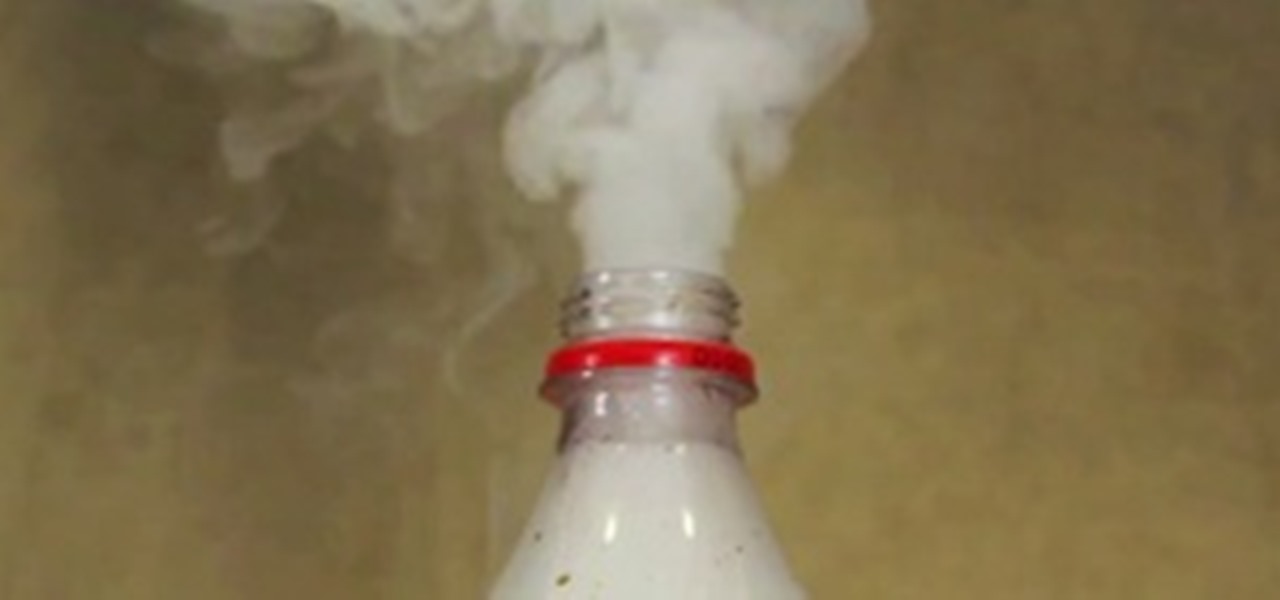
How To: Make a Simple Fog Machine to Prank Your Roommates
Like theme music, I always feel that I need more fog in my life. Fog can be useful for many reasons—warding off smaller siblings from your bedroom, keeping curious hands out of your cupboard, and tricking your friends into thinking there's something horribly wrong with their vehicle. So, today we'll be making a very simple fog machine for small scale applications.
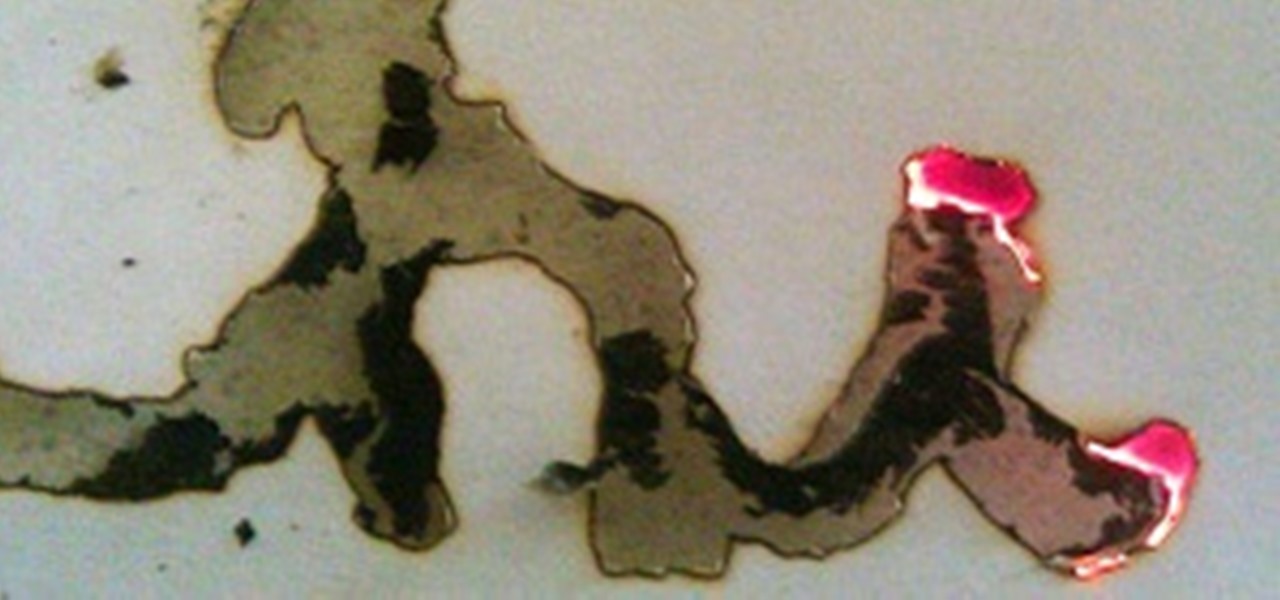
Fire Texting: How to Write Secret Messages with Fire
Writing secret notes with lemon juice was one of my favorite pastimes as a child. All it took was a small flame to lightly scorch the paper and reveal the hidden message. Now that I'm tall and pay bills, lemon ink just isn't exciting enough anymore. Luckily, we can use another kind of invisible ink to write in fire! By using the saltpeter, we can whip up invisible fire ink in no time.
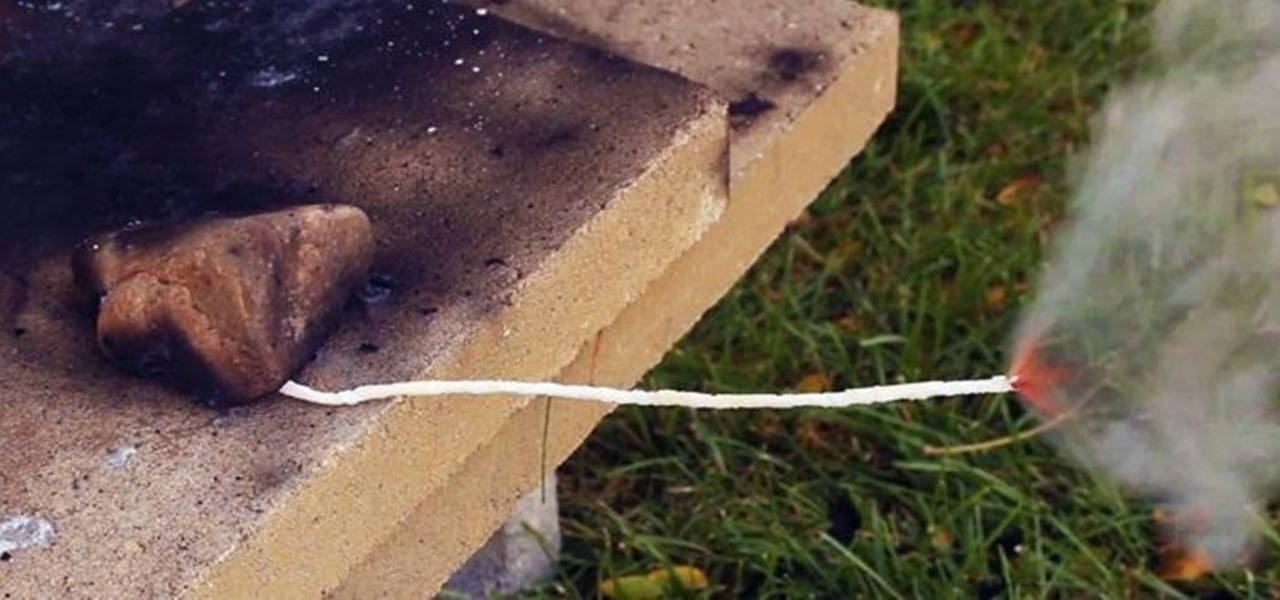
How To: Make Slow Burning Fuses from Yarn, Sugar, & Potassium Nitrate
Here's how to make a simple form of a slow burning fuse from materials around the house. WARNING: Ignition of an incendiary or explosive material may not be legal in your area, so check local laws before attempting. Use of this video content is at your own risk.

Spice Rack Explosives: How to Make Gunpowder with Salt & Sugar
The best chemistry experiments are those you can perform with items already laying around your house. With only some sugar, salt substitute and an instant cold pack, you can make your very own gunpowder! Being able to make homemade gunpowder without a trip to the store can be a lifesaver, no matter if it's just for testing out a Civil War-era musket, blowing up stubborn tree stumps, or preparing for battle when imperialists overrun your country.
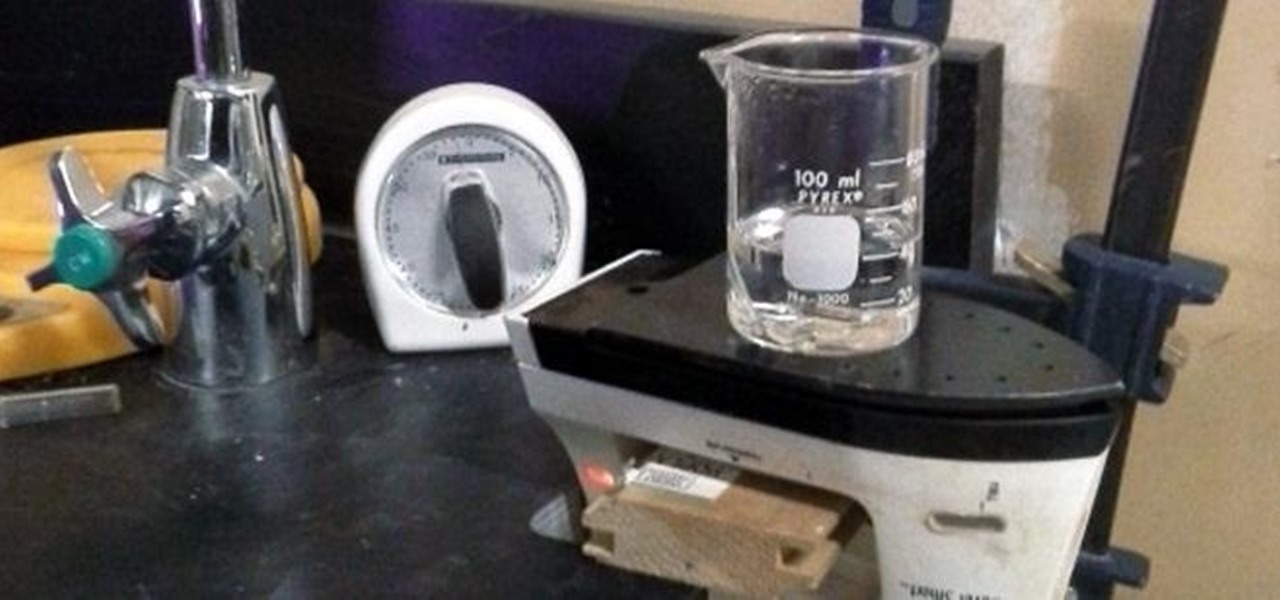
How To: Need a Hot Plate? Use an Iron as a Quick (And Free) DIY Alternative
If you're the kind of person who frequently does science experiments at home, you probably have a hot plate. But if you're more of an occasional amateur scientist (or just don't want to buy one), it's much easier to hack your own.
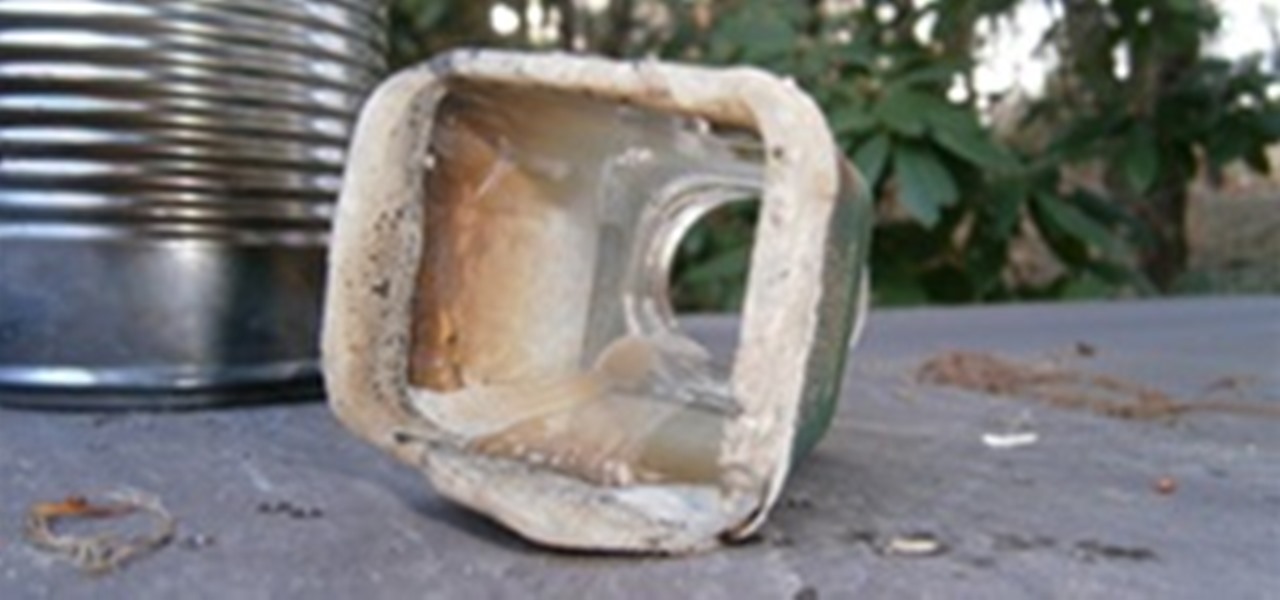
Glass Cutters Are for Tools: How to Dissolve Glass Using Sodium Hydroxide
Glass is one of the least reactive substances known to chemistry. It is the standard container material for almost all lab chemicals because it's so inert. But there are a couple of substances that have strong reactions with glass. Sodium hydroxide, aka solid drain cleaner or lye, can easily be stored in glass as a solid, but when molten, it reacts violently with glass and can actually dissolve it away! So, the next time you clog up your drains with broken glass beakers and flasks, rest assur...
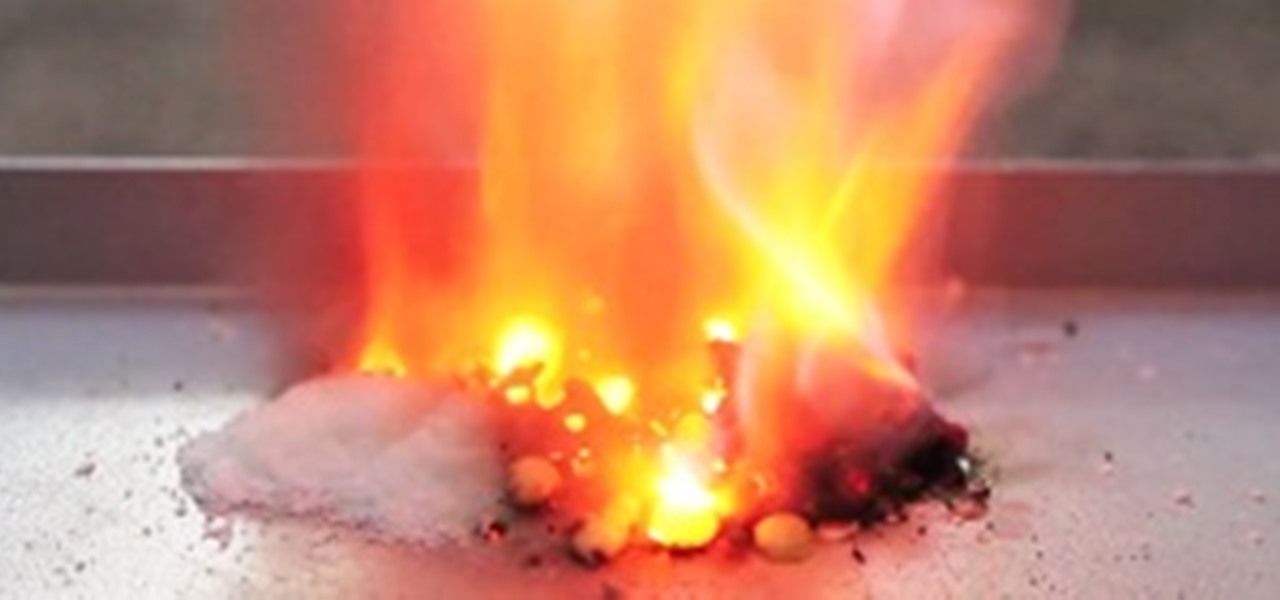
The Sweet Smell of Success: DIY Smoke Mix with Sugar and Potassium Nitrate
I finally got around to trying out another one of Will's mad science experiments and found out that this one was actually more satisfying (and less frustrating) than my slightly uncooperative jar jet. There's something very pleasing about making potassium nitrate at home in the kitchen and then watching the transformation from semitransparent liquid to spiky, frozen crystals. That was the best part for me, second only to igniting it with its sugar companion.
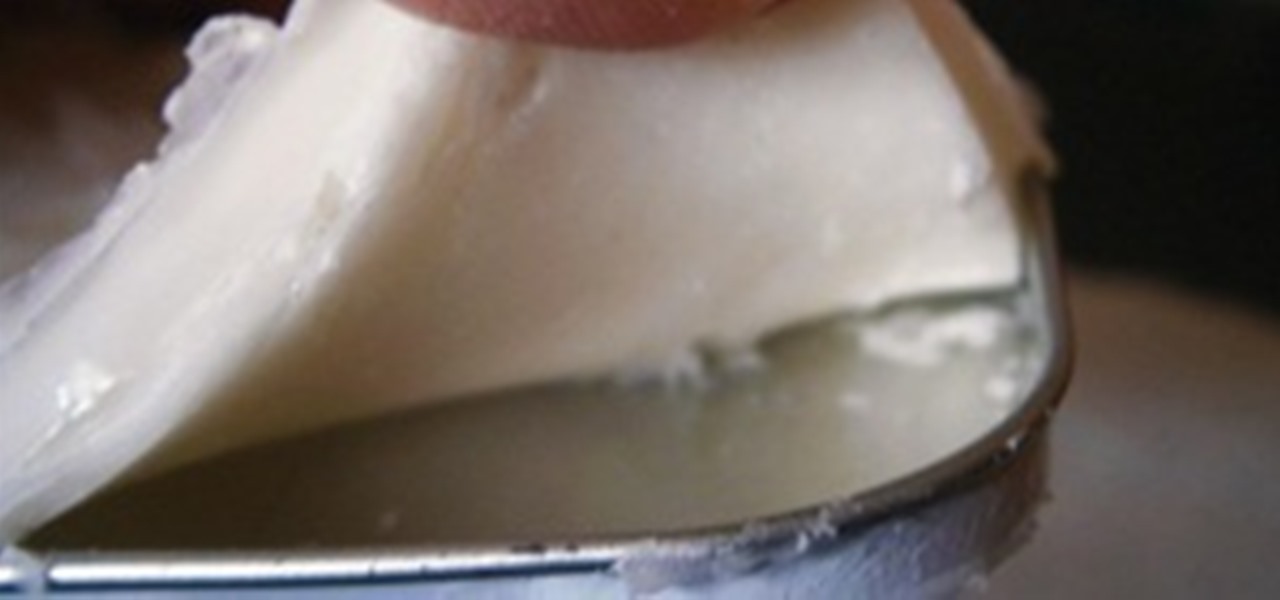
How To: Create Your Own Cast and Oogoo to Give Your DIY Gadgets the Shape You Want
I think it's fair to say that every maker yearns for a 3D printer. You can replace circuit board connectors, fix your glasses, create ski grips, and make whole machines out of printed plastic parts—even a 3D printer. But without a 3D printer on hand, you can always resort to Sugru.
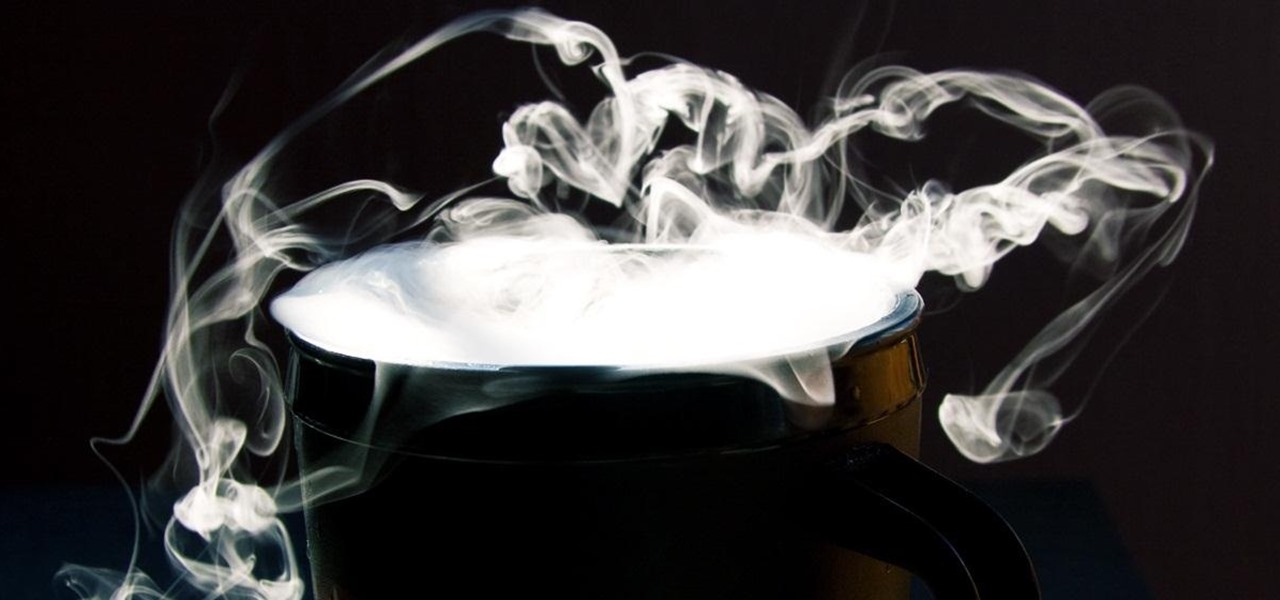
How To: Make Super Fizzy Carbonated Beverages at Home with Dry Ice
Want to make your own soda or maybe just bring a dull one back to life? Homemade sodas don't always live up to the store bought ones because they can taste flat by comparison. This quick and easy method makes super fizzy drinks with only four ingredients. Because putting dry ice in a sealed bottle would effectively turn it into a bomb, you'll need to make a safety valve for the bottle.
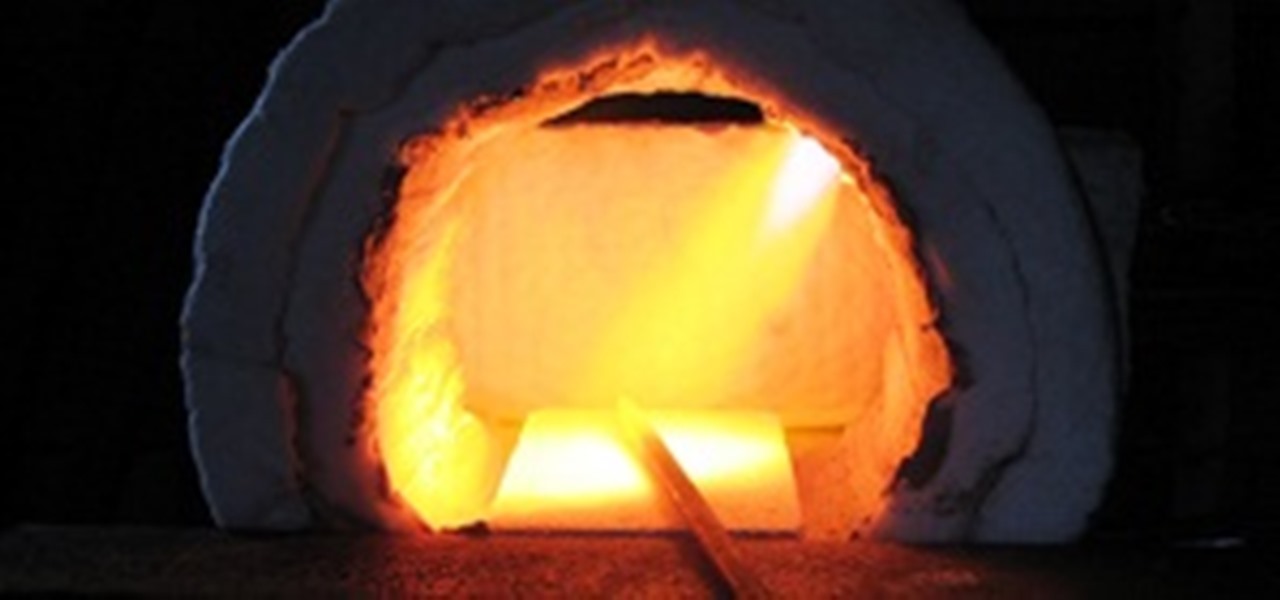
DIY Blacksmithing: Forge Your Own Steel at Home!
Metal is a great material to work with. It's rigid, tough, malleable and conductive, but sometimes the part we need doesn't exist in any store. In order to create custom pieces, you need to either melt the metal and cast it in a mold, or heat it until it's soft enough to shape with your hammer. Properly melting metals can be a bit dangerous in our home shop, but we can make a coffee can forge for all of our home blacksmithing needs.
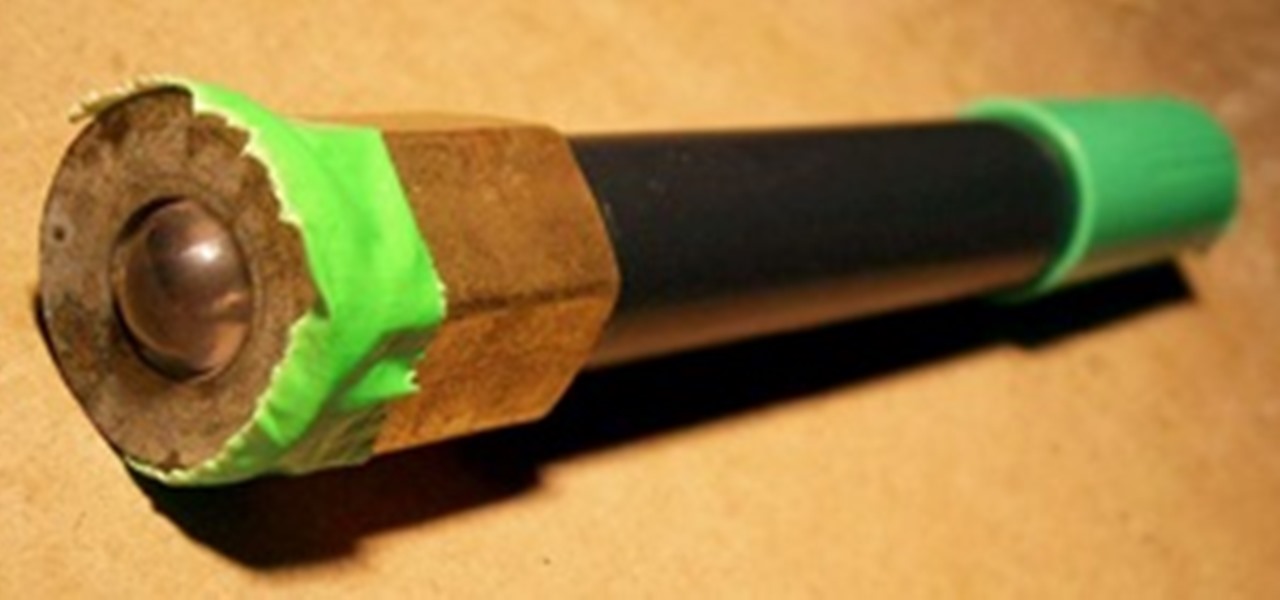
How To: Remote Control Anything with a DIY Sonic Screwdriver and Light Sensors
Fans of Doctor Who know that the sonic screwdriver is the ultimate tool. It can unlock doors, turn on lights, detect life forms, solder wires, and sabotage weapons.

News: This Wooden DIY Cell Phone Is Way Cooler Than Any Shiny Smartphone
There's no denying the coolness of an iPhone. But what if you pulled a homemade wooden cell phone out of your pocket instead? You'd probably be the talk of the town. If you like that idea, then make it a reality by building your own cell phone!
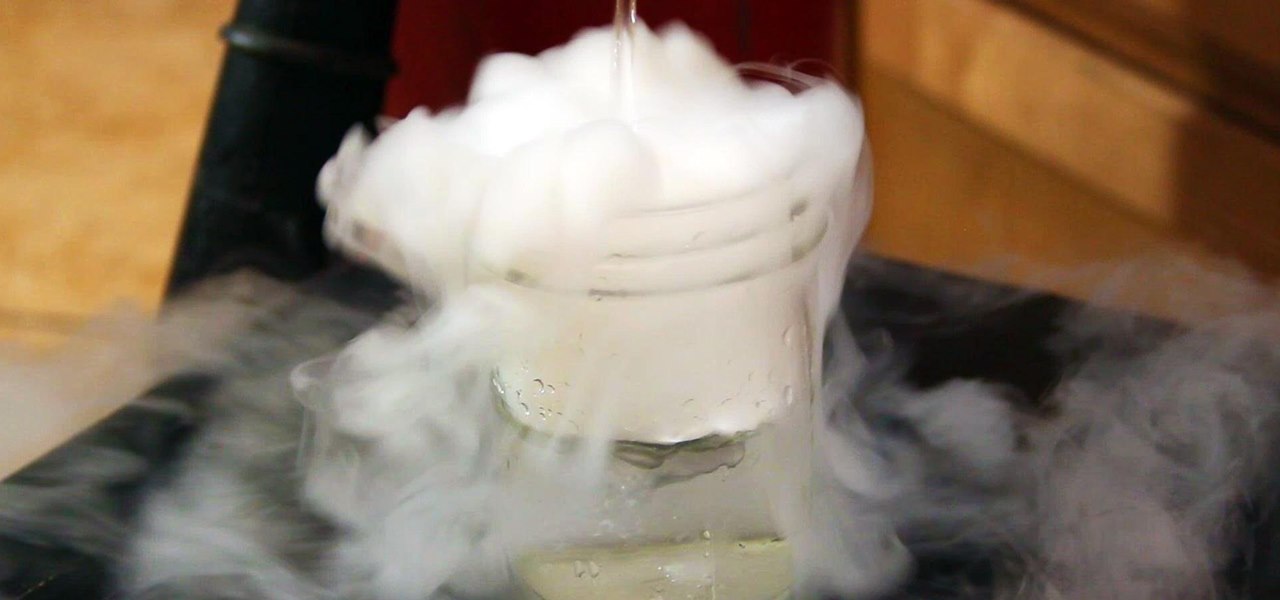
How To: Make Dry Ice at Home Using a CO2 Fire Extinguisher
Here's how to make dry-ice at home, or wherever you feel like it! All you need is a pillow case, and a CO2 fire extinguisher.

Create Tomorrow's Fuel Today: Split Hydrogen and Oxygen from Water with Pencils and a Battery
Science-fiction writer Jules Verne predicted many scientific breakthroughs, including the moon landing, tasers, and nuclear submarines. In his 1874 book The Mysterious Island, Verne writes:

How To: Turn Water into Fuel by Building This DIY Oxyhydrogen Generator
Here's how to build a sexy looking water-fuel generator that will convert your tap water into an extremely powerful, clean burning gas!
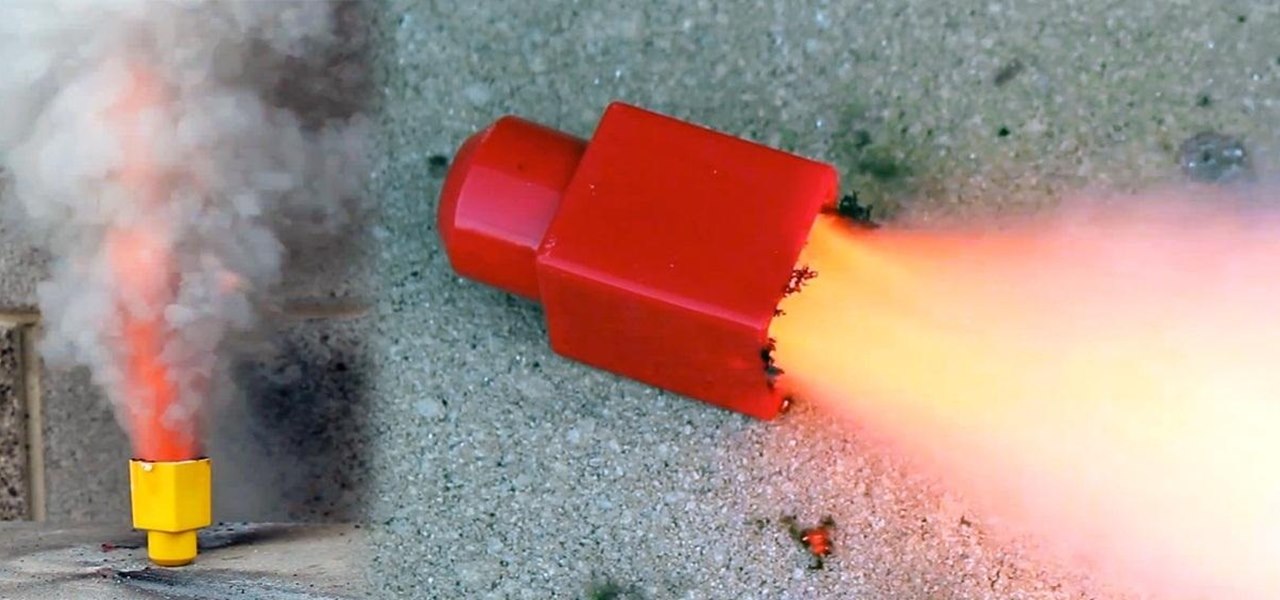
How To: DIY Rocket Propellant! How to Cook Solid Rocket Fuels Using Common Household Ingredients
Cooking isn't something that interests me much, unless it results in a fast burning fuel and a successful rocket launch!

Science Gives You Super Powers: How to Shoot Fireballs from Your Hands
Everyone dreams of having super powers. Flying, invisibility, and x-ray vision are popular, but my favorite is fire power! I've always wanted to be Wheeler from the Captain Planet kids show, and now I can with these handheld fireballs of awesomeness. The fireballs burn at a low temperature, so they are safe to hold in your hand and throw (shoot) at imaginary enemies.
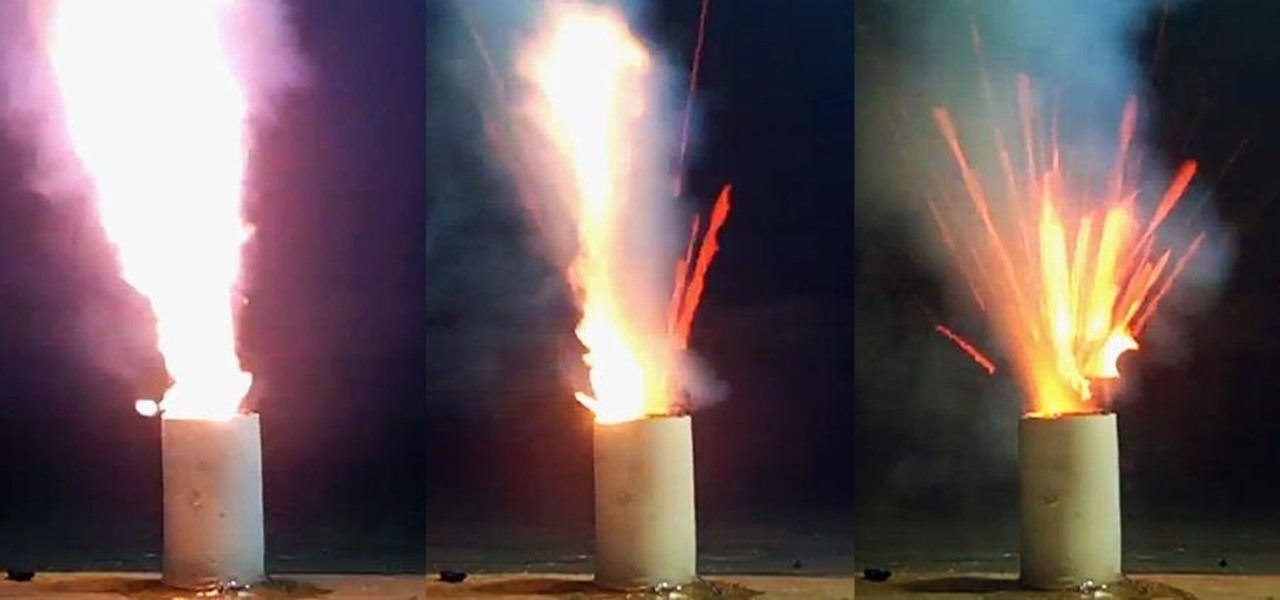
How To: Make Solid Rocket Fuel at Home with Old Newspapers
Old newspapers come in handy for many different uses around the house, from birdcage liners to shipping cushioning and even a little fish cooking. But for backyard rocket scientists like Markus Bindhammer, they're more suitable as an ingredient for rocket propellant.

Elementary Sputnik Satellites: How to Make Trash Bag Hot Air Balloons
Sputnik was the very first man-made object to be sent into space. Though it was a truly epic accomplishment, all this Soviet sky surfer actually did was transmit a constant beeping noise back to the surface.
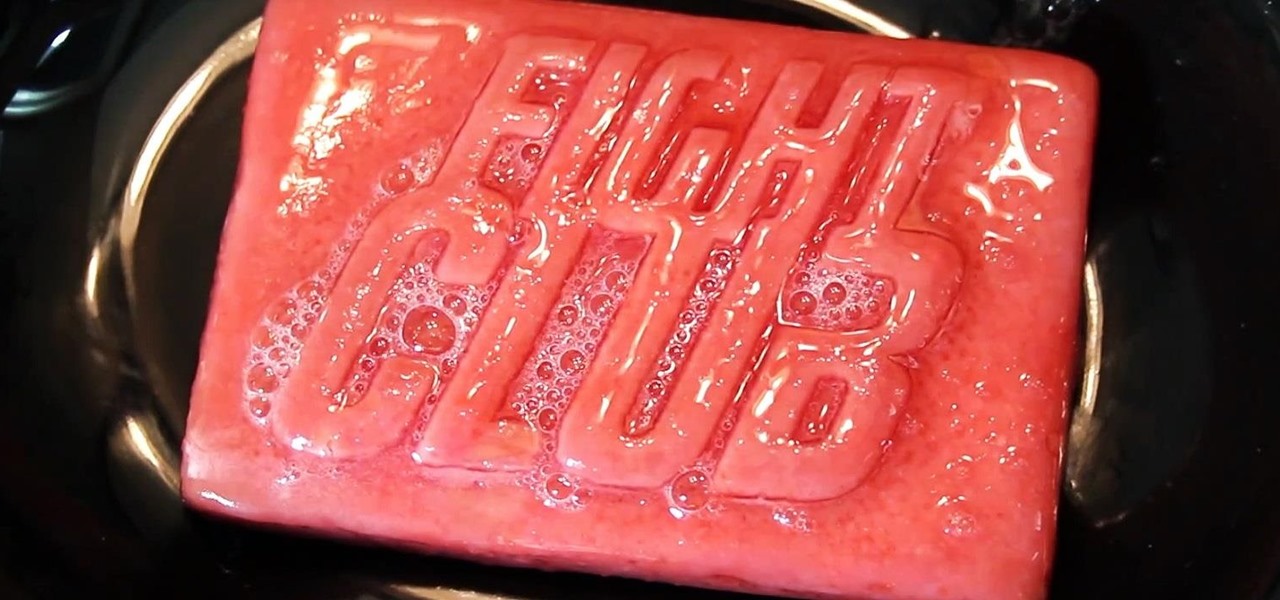
How To: Make "Fight Club" Soap Out of Bacon & Drain Cleaner
To make soap, you need fat, and if you've seen Fight Club, you're probably well aware of where soapmaker Tyler Durden got his fat from. Liposuction clinics. If you're not willing to go that far for a perfect bar of homemade soap, you can just use some drain cleaner and America's favorite food instead—bacon!
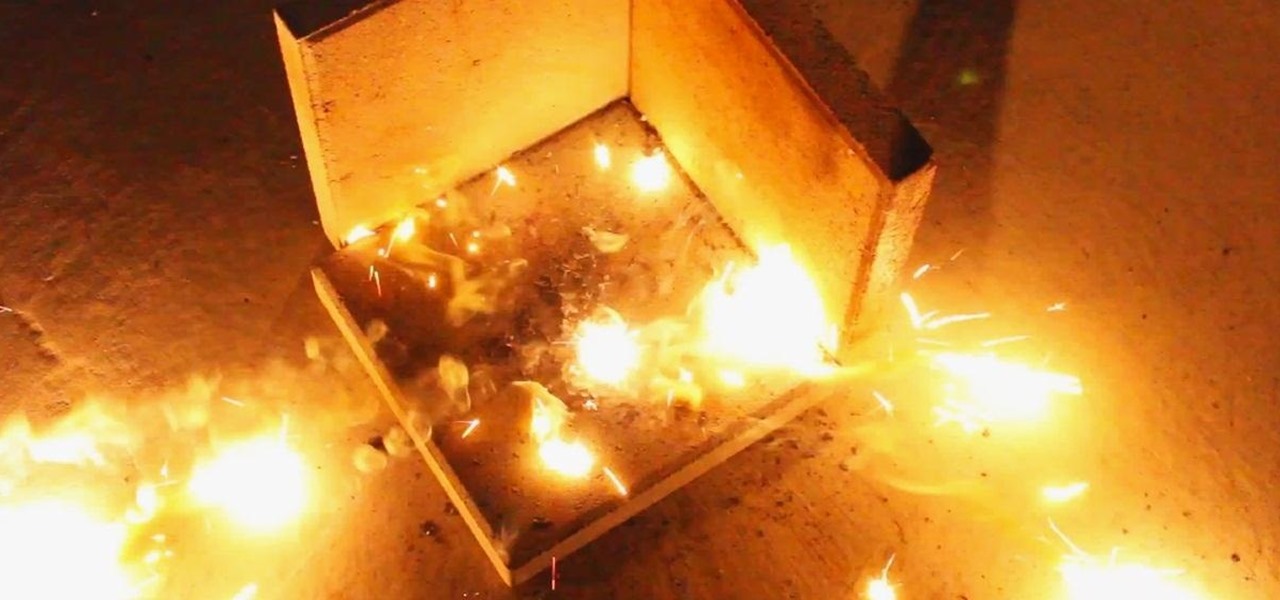
How To: Make a Mini Flamethrower, Exploding Fireball, & Flint Bomb Sparkler with Disposable Lighters
Whether you've got an itch for a mini-flamethrower, a shower of burning sparks, or a exploding ball of flames, these little fireworks-producing lighters may be the answer to your pyrotechnic cravings!

Robot Basics: Using an H Bridge to Move Your Bot Backwards
I love robots. They have the potential to evolve into Asimovian destroyers of the human species, but have only just mastered the art of cleaning my rug. They have an ever increasing cool factor and a growing number of cheap and simple components that let the hobby roboticist reach for the burning miasmas of plasma. But to get to the stars, we need to start with the basics.
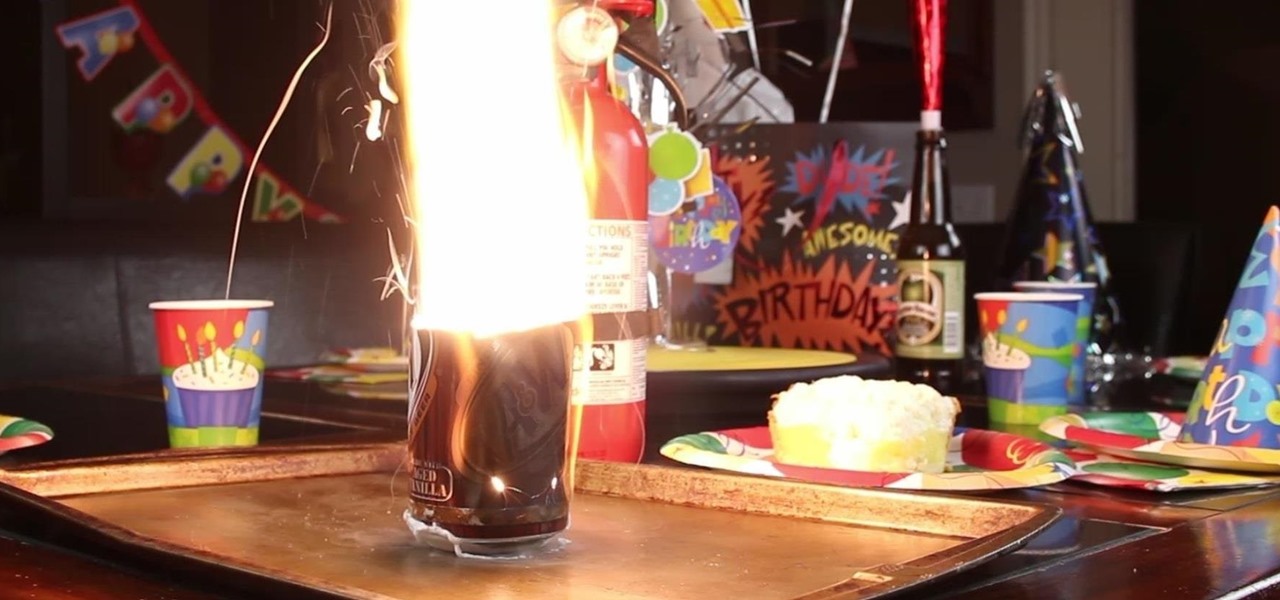
How To: 10 Things to Do at a Birthday Party with Liquid Nitrogen
If you've got a birthday party to plan for a young budding scientist coming up, a little nitrogen should do the trick. In this project, I'll show you 10 "super cool" tricks with liquid nitrogen that you could try, but probably shouldn't!
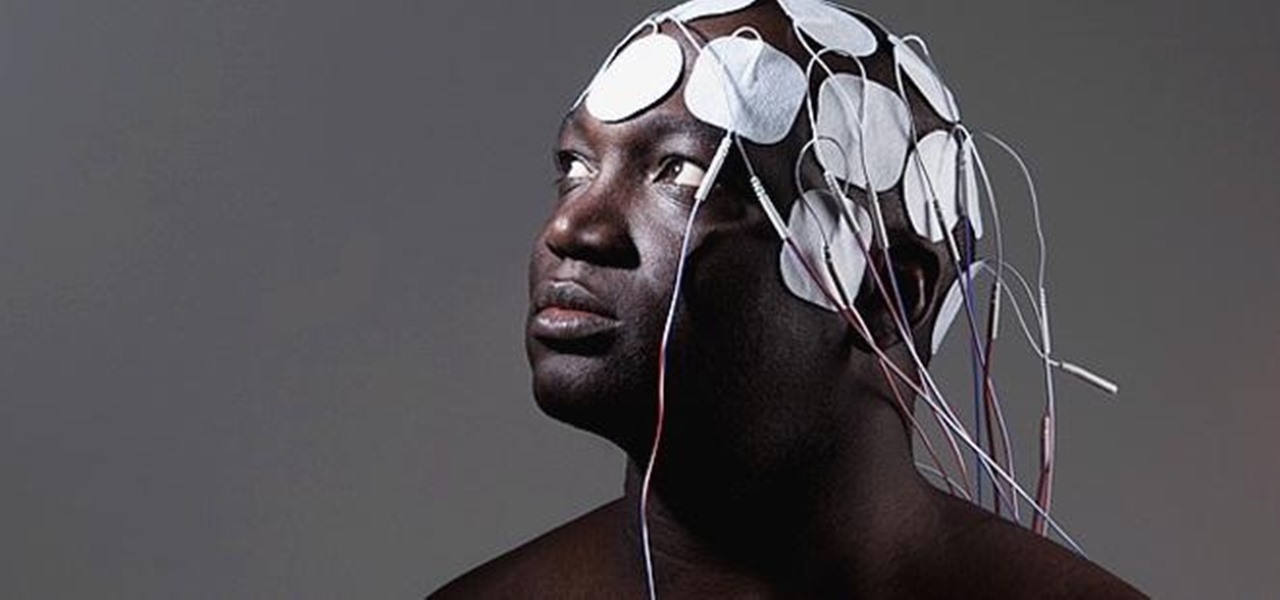
How To: DIY Flanagan Neurophone Lets You 'Hear' Sounds Through Your Skin
In 1958, Patrick Flanagan invented the Neurophone, a device patented in 1962 that allows radio signals to be picked up by the human nervous system. The skin is the organ that receives the signal, converting it into a modulated molecular vibration, which the brain interprets into sound. Basically, it gives one the ability to 'hear' through the skin, making it sound like the audio you're hearing is actually in your head. It's kind of like having headphones in your brain. The only problem was th...
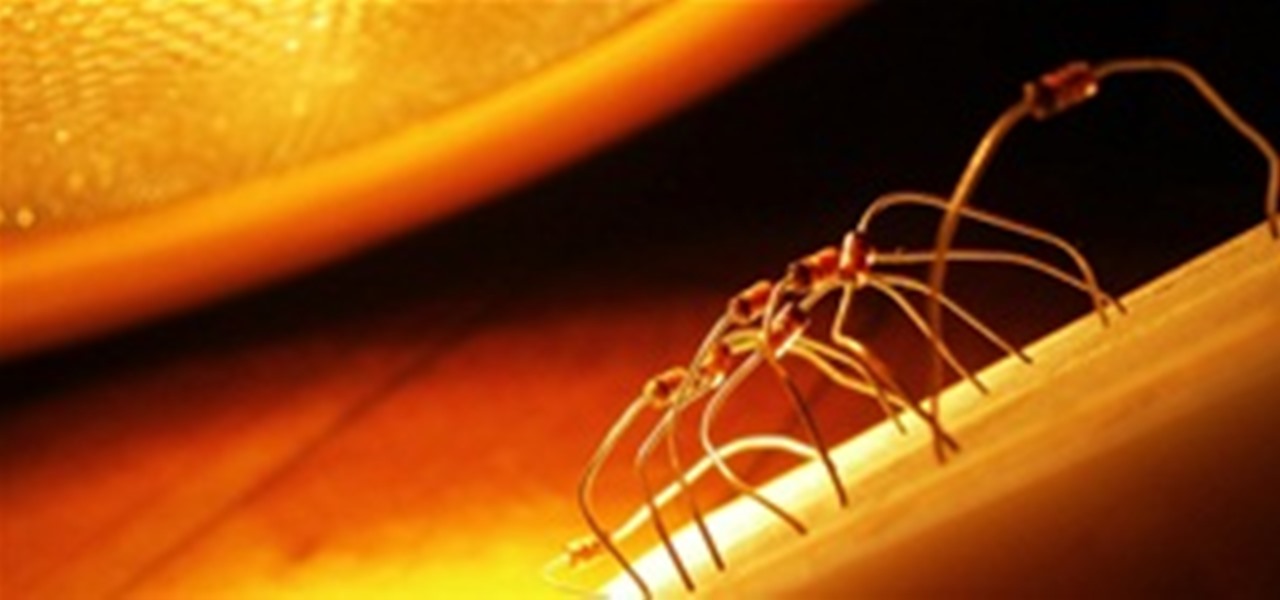
DIY Solar Power: Make Your Own Diode-Based Solar Panels and Capture the Sun's Energy!
Solar panels are an amazing invention. Catching energy from the Sun before it even enters Earth's food chain, photovoltaics are like an all-natural nuclear power plant. Unfortunately, the constituted parts of a solar panel are rare, valuable, and subject to the coercive forces of market competition.
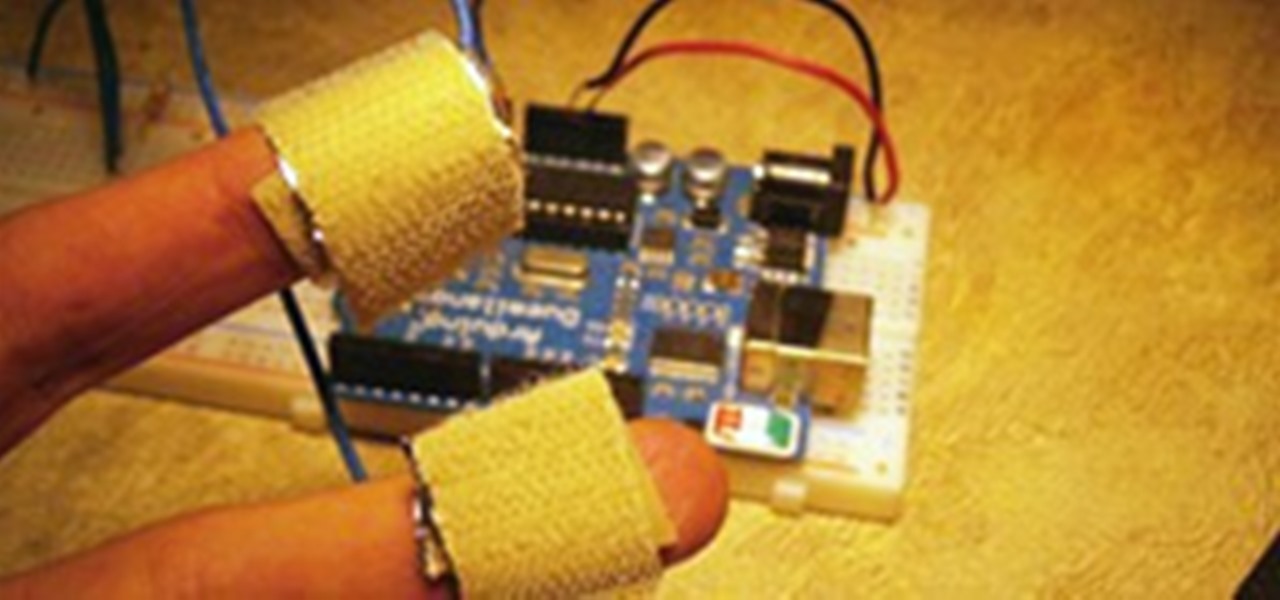
DIY Polygraph Machine: Detect Lies with Tin Foil, Wire and Arduino
Lying is awesome. From a very young age, children learn that flat out denying the truth gets you out of trouble and helps keep you calm in the face of horror. But what happens when you just have to know if someone, say, used your toothbrush? You could ask them to take an expensive and arduous polygraph test.

News: This DIY Mini Tesla Coil Packs 380,000 Volts of Lightning
At one point in time, Tesla coils were actually used for things like wireless telegraphy and electrotherapy, but as technology advanced, they shifted to a slightly more enjoyable purpose—entertainment. What's even more entertaining than using a Tesla coil? Building your own. One of the best portable Tesla coils out there is this mini acrylic version by Daniel Eindhoven, aka TeslaCommander. It's made almost entirely of acrylic plastic, minus the steel sphere, and copper wire and tubing. When t...
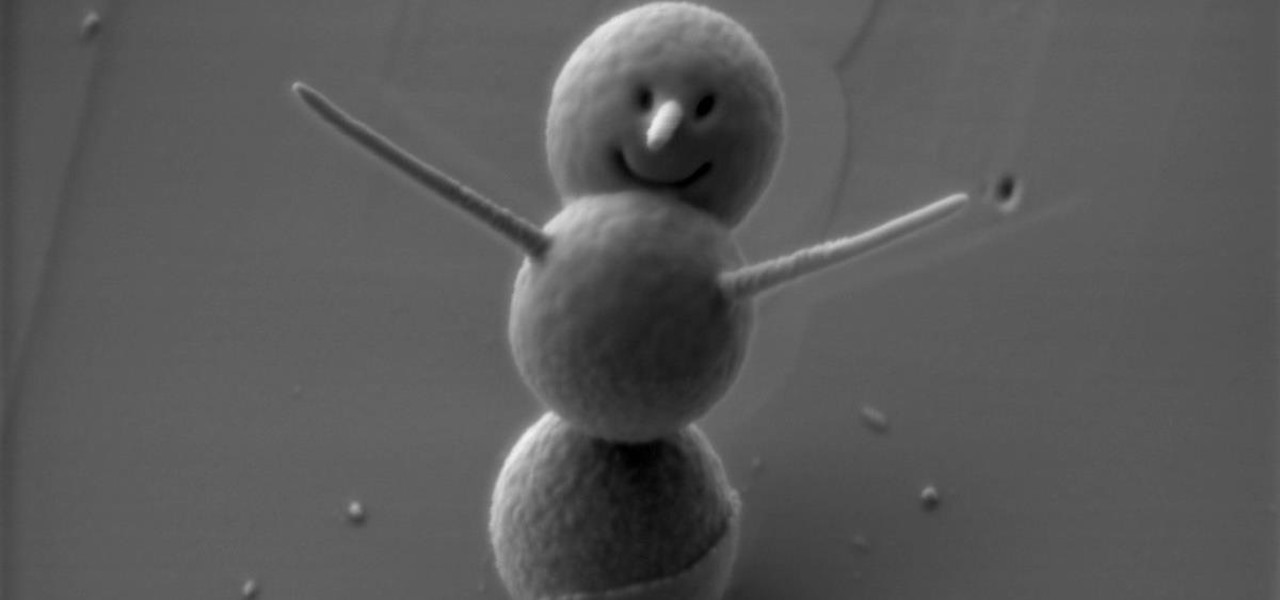
News: Scientists Create World's Smallest Snowman—He's Just 0.00012 Inches Tall
Frosty the Snowman is a fairy tale they say, but this microscopic snowman is very real and just broke the record for the world's smallest snowman. (Though, it's not Guinness-official yet.)

News: The @Burnvideos Instagram Account Gives You Exactly That—And It's Mesmerizing
As Alfred monologued in The Dark Knight, "Some men aren't looking for anything logical, like money. They can't be bought, bullied, reasoned, or negotiated with. Some men just want to watch the world burn."
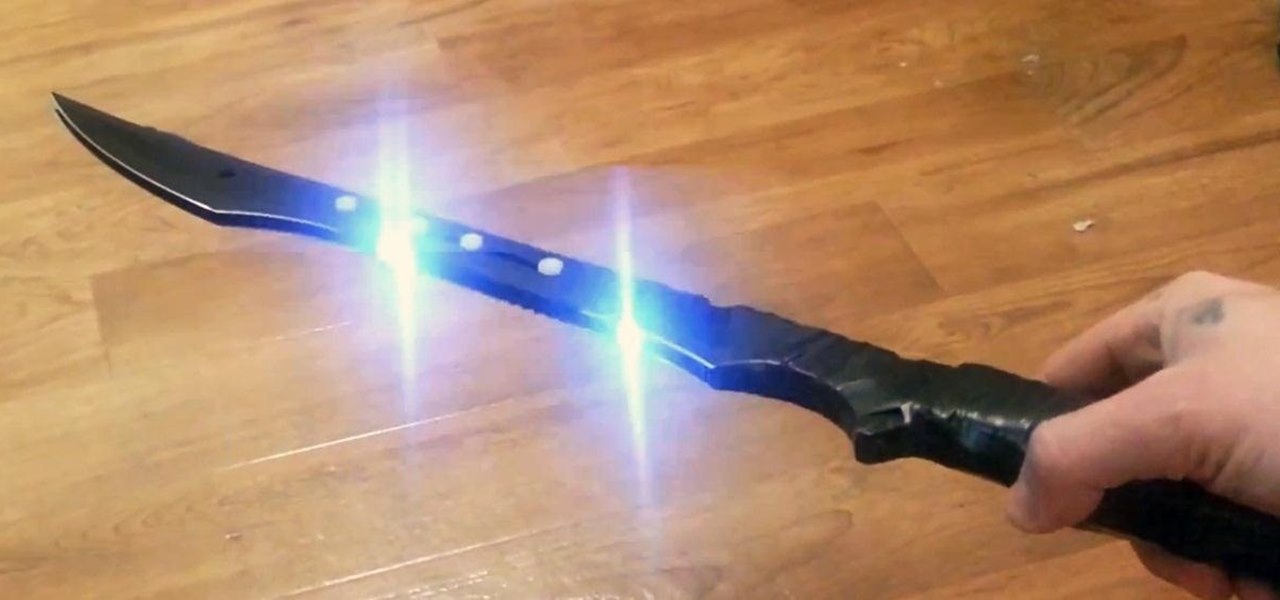
How To: This DIY Double-Bladed 'Stun Sword' Shocks and Slices Simultaneously
When it comes to melee combat, two swords can definitely be better than one. Throw a stun gun on top of that and you've got a seriously terrifying weapon. That's exactly what YouTuber jonathanj9969 did with his homemade double-bladed stun sword.

How To: Shoot Fire from a Water Bottle Using Rubbing Alcohol and a Match
You've made a bottle rocket (or ten) and a sparkler bomb, and now you want to put those empty plastic bottles to a new pyromaniacal use. With a little rubbing alcohol and a match, this video by io9's Esther Inglis-Arkell will show you how to make your own homemade rocket booster in a bottle.


